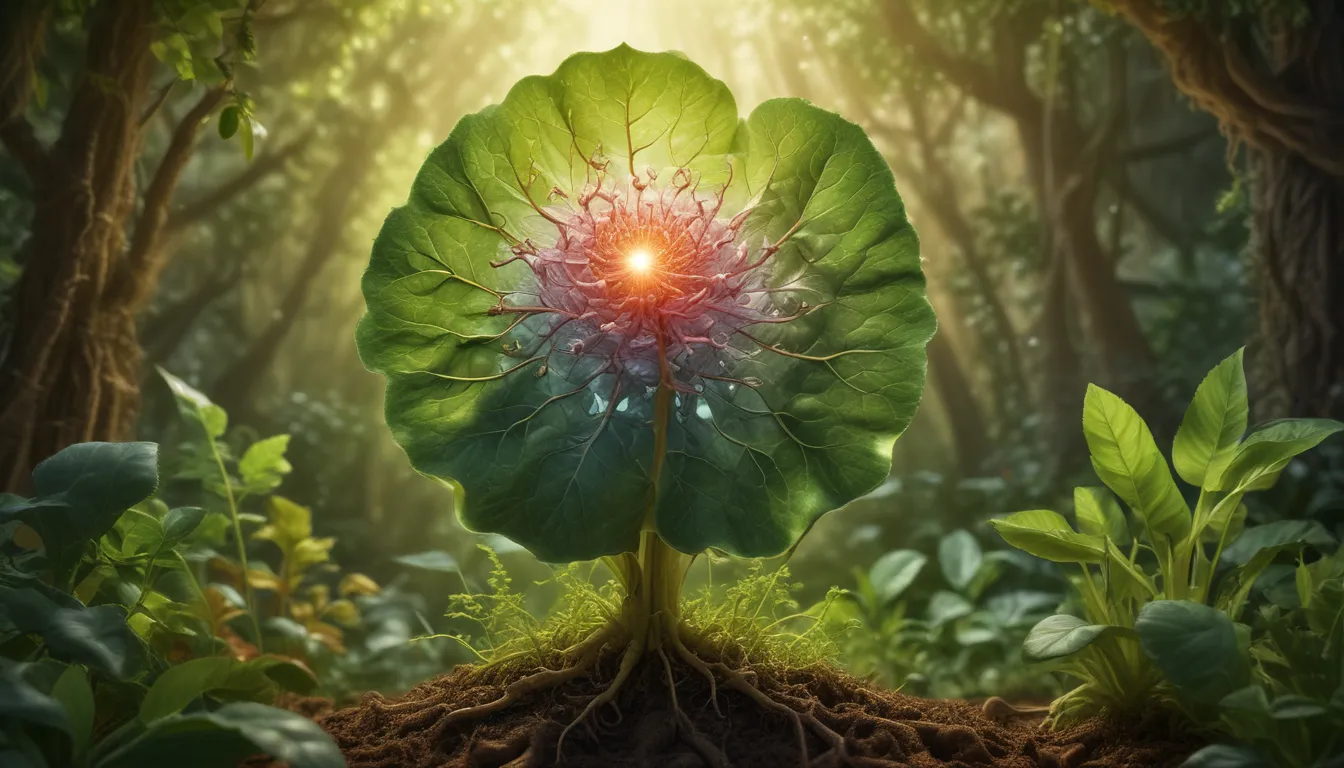A Note About Images: The images used in our articles are for illustration purposes only and may not exactly match the content. They are meant to engage readers, but the text should be relied upon for accurate information.
Photosystem I and Photosystem II are like the dynamic duo of photosynthesis, working hand in hand to capture light energy and transform it into chemical energy essential for the survival of plants, algae, and certain bacteria. These intricate components play a pivotal role in the complex process of photosynthesis, driving the production of ATP and NADPH, which are the building blocks for sustaining life on Earth.
Delving into the World of Photosystem I and II
Photosystem I and II are nestled within the thylakoid membranes of chloroplasts, the powerhouse of plant cells. These photosystems each have their designated location – Photosystem II resides within the grana stacks, while Photosystem I is situated in the stroma lamellae. Together, they form a harmonious partnership to capture and convert light energy into usable forms.
When it comes to their functions, Photosystem II takes on the responsibility of oxidizing water molecules, a process essential for releasing oxygen into the atmosphere. On the other hand, Photosystem I specializes in the synthesis of NADPH, a crucial compound required for the production of carbohydrates through the Calvin cycle. These distinct roles showcase the complementary nature of Photosystem I and II in the grand scheme of photosynthesis.
Unveiling the Enigmatic Facts
-
Proton Powerhouse: As electrons journey through Photosystem I and II, protons are pumped from the stroma into the thylakoid lumen, creating a proton gradient. This gradient plays a vital role in generating ATP through chemiosmosis, a process essential for energy production in plants.
-
Sequential Operations: In the dance of light-dependent reactions in photosynthesis, Photosystem II takes the lead, initiating the electron flow essential for subsequent processes. This sequential operation highlights the orchestration of events within the photosynthetic chain.
-
Distinct Absorption Spectra: Photosystem II and Photosystem I each have their unique set of pigments that enable them to absorb light at specific wavelengths. While Photosystem II absorbs light primarily at 680 nanometers, Photosystem I focuses on wavelengths around 700 nanometers, showcasing their efficiency in capturing light energy.
-
Historical Discovery: Photosystem II took the spotlight first, with its discovery dating back to 1937 by Robert Hill. Subsequently, Photosystem I made its grand entrance, characterized by Emerson and Arnold in There pioneering research paved the way for a deeper understanding of these crucial photosystems.
-
Conserved Across Species: Despite variations in structure, Photosystem I and II exhibit remarkable conservation across different photosynthetic organisms. This inherent similarity underscores the fundamental nature of these photosystems in energy conversion processes.
-
Assembly Complexity: The intricate assembly of Photosystem I and II involves the coordination of numerous protein complexes, ensuring the proper arrangement of pigments and electron transfer components. This delicate dance of proteins is essential for the functionality of these photosystems.
Unraveling the Mysteries of Photosystem I and II
Diving deeper into the realm of Photosystem I and II unveils a mesmerizing world of energy conversion and adaptation in photosynthetic organisms. From their structural intricacies to their pivotal roles in electron transport and pigment organization, these enigmatic photosystems epitomize the marvels of nature’s most essential process – photosynthesis.
Photosystem I’s affinity for far-red light and Photosystem II’s adeptness in capturing red and blue wavelengths showcase their unique contributions to the photosynthetic process. Together, they form a powerhouse duo, generating energy-rich molecules crucial for plant growth and development.
Studying the mysteries of Photosystem I and II not only deepens our understanding of plant biology but also paves the way for innovative energy solutions inspired by the natural world. As researchers continue to unravel the intricacies of these photosystems, the possibilities for enhancing crop productivity and sustainability in energy production are boundless.
FAQ: Unveiling More Insights
- Structural Differences: Photosystem I absorbs light in the far-red range, while Photosystem II captures light in the red and blue wavelengths.
- Working Harmony: Photosystem II initiates the electron flow, passing high-energy electrons to Photosystem I for NADPH production.
- Importance for Plant Growth: Photosystem I and II provide the energy needed for ATP and NADPH synthesis, essential for plant processes.
- Widespread Presence: Photosystem I and II are not exclusive to plants but are also found in algae and cyanobacteria.
- Continual Exploration: Ongoing research aims to uncover the detailed mechanisms of Photosystem I and II for future advancements.
Unraveling the secrets of Photosystem I and II is not just a scientific quest but a journey into the heart of photosynthesis itself. As we delve deeper into the intricacies of these enigmatic photosystems, we gain a newfound appreciation for the wonders of nature’s energy conversion processes. Embracing the mysteries of Photosystem I and II opens doors to endless possibilities for sustainable energy solutions and a deeper understanding of the world around us.






